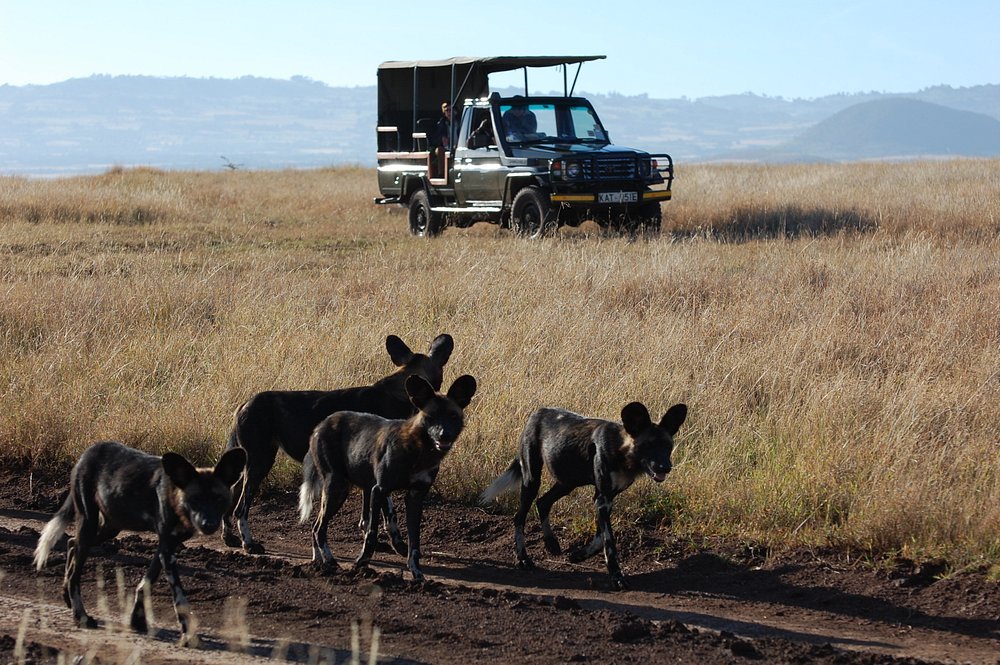What are National Parks in Kenya?
Parks or Conservancies? Which Is Best in Kenya? National parks in Kenya are government-managed areas, established to preserve ecosystems and protect endangered species. Examples include the Masai Mara National Reserve, Amboseli, and Nairobi National Park. These parks operate under strict regulations to protect wildlife from poaching and illegal activities, making them a crucial part of Kenya’s conservation effort.
What are Conservancies in Kenya?
Conservancies, on the other hand, are community or privately managed areas that promote wildlife conservation alongside sustainable tourism. They often surround national parks and reserves, offering buffer zones for wildlife while supporting the local Maasai communities through revenue-sharing from tourism. Examples include Ol Pejeta Conservancy and Naboisho Conservancy.
Differences Between Parks and Conservancies
While both parks and conservancies aim to protect wildlife, they differ in terms of management and community engagement.
- Management:
- National parks are controlled by the Kenyan government under strict legal frameworks, while conservancies are typically managed by local communities or private entities.
- Tourism:
- Parks often attract larger numbers of tourists due to their reputation and infrastructure, while conservancies promote low-impact tourism, often limiting visitor numbers for an exclusive experience.
- Community Involvement:
- Conservancies are more community-focused, giving locals a significant stake in tourism and land use, whereas national parks operate independently from local governance.
Which is Best for Wildlife Viewing?
Both offer unique wildlife experiences. National parks, such as Masai Mara, provide extensive landscapes with large wildlife populations and seasonal migrations, such as the famous Great Wildebeest Migration.
Conservancies, on the other hand, offer intimate wildlife experiences due to fewer tourists. You may encounter wildlife like lions, elephants, and rhinos in conservancies like Lewa or Mara North, often without the crowds.
Which Offers Better Support to Local Communities
Conservancies are generally regarded as more beneficial for local communities. By partnering with private investors or NGOs, conservancies in Kenya, like Borana or Olare Orok, ensure that tourism revenues directly benefit the Maasai and other local communities. These funds are used for education, healthcare, and infrastructure, fostering a harmonious relationship between wildlife conservation and local livelihoods.
Which Is More Sustainable for Conservation
When it comes to sustainability, conservancies tend to offer a more sustainable model. The low-impact tourism policies help maintain the natural habitat with minimal disturbance to wildlife, while ensuring consistent revenue for conservation projects.
National parks, while effective in protecting large swathes of land, face challenges such as over-tourism and resource allocation. Conservancies, with their more flexible and community-based approach, can often adapt quicker to conservation needs.
Both national parks and conservancies are vital to Kenya’s conservation efforts, but they offer different experiences and benefits. If you are looking for a broader and more traditional wildlife experience, national parks may be the best choice. However, for those seeking a more personal, exclusive, and community-centered approach, conservancies offer the most sustainable option.
Ultimately, both parks and conservancies play a role in conserving Kenya’s incredible biodiversity and ensuring its future for generations.


